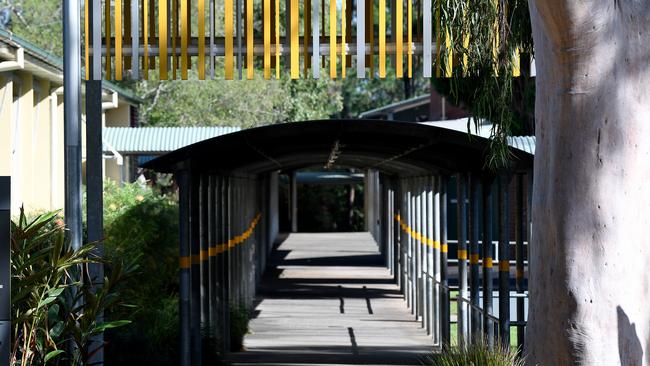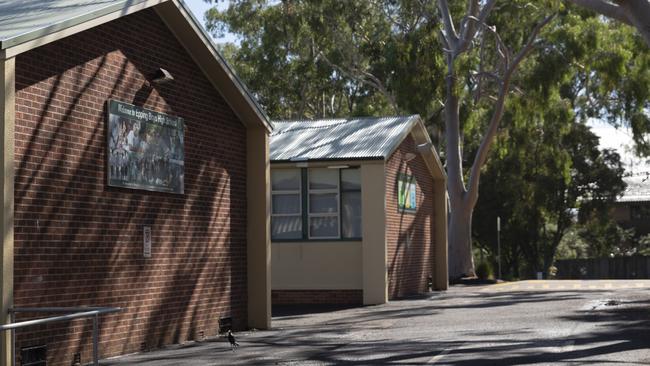Schools to go digital for virus emergency
The NSW education system has been urgently digitalised so that students can “attend” virtual classes and even school assemblies from home if the coronavirus forces a mass shutdown of the system.
NSW
Don't miss out on the headlines from NSW. Followed categories will be added to My News.
The NSW education system has been urgently digitalised so that students can “attend” virtual classes and even school assemblies from home if the coronavirus forces a mass shutdown of the system.
Education Minister Sarah Mitchell has also ordered her department to prepare to deploy technology such as iPads or computers to the homes of school students who don’t have access to one, so they can study and learn from home.

It comes as the state braces for more schools to be shut down for quarantine measures.
Final server upgrades were occurring this weekend to ensure the technology was ready for widespread remote learning, which would include live streaming, chatrooms and courses online for both primary and high schools.
A senior government source on Friday night stressed the online education plans were “contingencies”.
The source said while it was considered “likely” more schools would close as a result of the virus they did not expect the entire education system to be shut down at once.
It comes after Epping Boys High School was closed as a precautionary measure on Friday, as authorities asked the community to “stay calm”.
There were last night 28 cases of the virus in NSW with Premier Gladys Berejiklian warning NSW was “not anywhere near the worst of this”.
“We haven’t even hit the winter months,” she said. “What we need to do is learn from what’s happened elsewhere but make sure we reduce the spread as much as possible.”
Prime Minister Scott Morrison on Friday put a $1 billion coronavirus funding deal to the states in a 50/50 split.
Ms Mitchell told The Saturday Telegraph on Friday the contingency planning for widespread absenteeism had begun in mid-January.
She believes NSW was the best prepared state in the country to ensure learning was not interrupted.
“We have had a pandemic plan in place for a number of years for previous pandemics like swine flu but we have been scaling that up in recent weeks to also take into account the new technology at our disposal,” she said.
“This is particularly important for students who could be off school for quarantine but not sick.
“This is relevant across the board for high school and primary school but it is particularly crucial to make sure our senior school students are not impacted by school closures.”

The Saturday Telegraph has also learnt of contingency planning in Transport for NSW with authorities fearing swathes of the public transport workforce could be taken offline at once due to the virus.
One source said a wide range of worst case scenarios were being tossed around, including the possibility of calling on private drivers if, for example, a bus depot was hit with the virus.
There has been no specific request for Transport for NSW to increase its cleaning procedures of public transport at this stage but a source said cleaners were “focused” on high-patronage transit areas.
NSW also already has a special online school for remote students, Aurora College, which broadcasts recorded lessons and can be scaled up under a pandemic scenario.
“This in particular sets us apart from other states — we will be able to use this regional resource in metropolitan areas if we need to,” Ms Mitchell said.

According to the United Nations, there are currently school closures in 13 countries.
Hong Kong shut down all its schools three weeks ago.
This week Italy ordered all universities and schools across the country to shut until March 15, after its death toll jumped to 107
In Japan, Prime Minister Shinzo Abe announced on February 27 that every school would close for at least a month, when the number of domestic cases was only 175.
In India this week, when their coronavirus case numbers reached 30, the government ordered closed all primary schools in the capital New Delhi, affecting more than two million children.
In China, all schools are closed until the coronavirus is no longer a public-health emergency.

